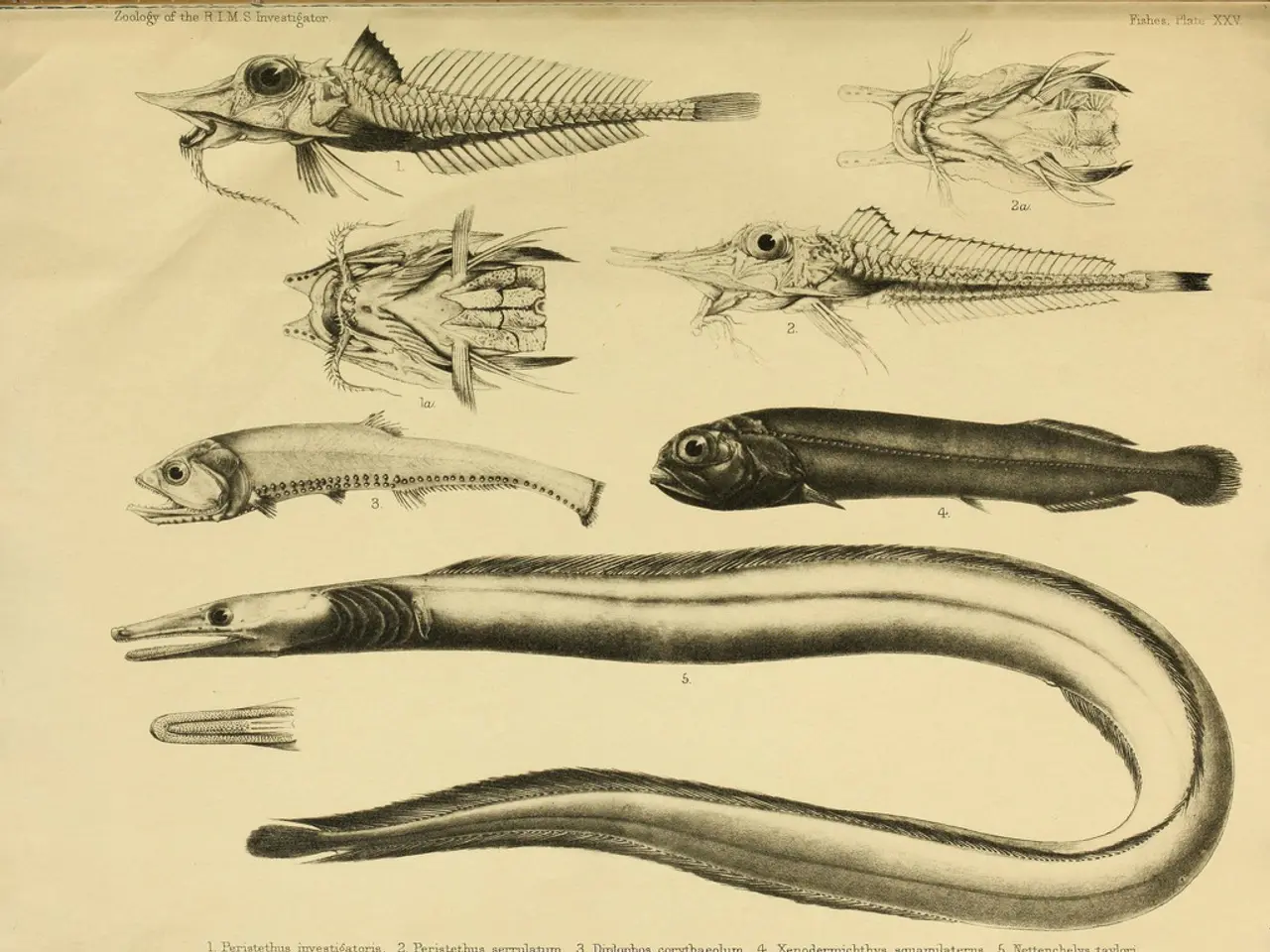Tropical storms brought about the demise of infant flying reptiles, as revealed by fossil findings.
In a fascinating discovery, scientists have uncovered the fossilized remains of two baby Pterodactylus, the first described pterosaur by science, in separate museum collections in Bavaria, Germany. These hatchlings, now named Lucky and Lucky II, lived 150 million years ago during the Jurassic Period and had wingspans smaller than eight inches, making them about the size to fit in the palm of a hand.
The key evidence that suggests these baby pterosaurs met their end in a tropical storm comes from the injuries preserved in their fossils, specifically a diagonal split along the shaft of the upper arm bone, or humerus. This fracture, which is identical in both fossils despite their slight age differences, suggests the wing was bent under tremendous pressure, likely from strong winds or waves during the storm.
According to the researchers, led by Jiří Mazuch, the storm likely carried the hatchlings a long distance, perhaps several miles, from their original habitat and into the lagoon where they drowned. The oxygen-poor conditions in the lagoon protected their delicate bodies from scavengers, and their bones were preserved in life-like positions.
The storm likely caused the hatchlings to inhale water and drown, and they were rapidly buried in the fine sediments of the storm beds. This quick burial helped preserve their fossils in such remarkable detail.
Before the storm, the hatchlings were probably practicing flight, hunting for insects, or sleeping on the islands. The fact that the basic wing structure of Pterodactylus was already present in hatchlings indicates they were probably capable of powered flight very early in life.
This discovery provides a peek into Jurassic life, showing that the prehistoric world was as changeable and challenging as ours are today. Despite being small, these Pterodactylus hatchlings had to contend with storms, predators, and finding food.
The researchers hope that further study of these fossils will yield more insights into the lives of these ancient creatures and the world they inhabited. As Mazuch puts it, "These fossils offer us a unique window into the past, allowing us to glimpse the lives of these animals in a way we never could before."
Read also:
- Dual-function mattress offers both cooling and coziness at an affordable price.
- Ontario falls short by a small margin in delivering the goal of four hours daily care for long-term care residents.
- "Thrilled response" from animal rights organization following cessation of canine testing at London, Ontario healthcare facility
- Mindfulness-Based Cognitive Therapy's Role in Alleviating Chronic Worries and Anxieties








